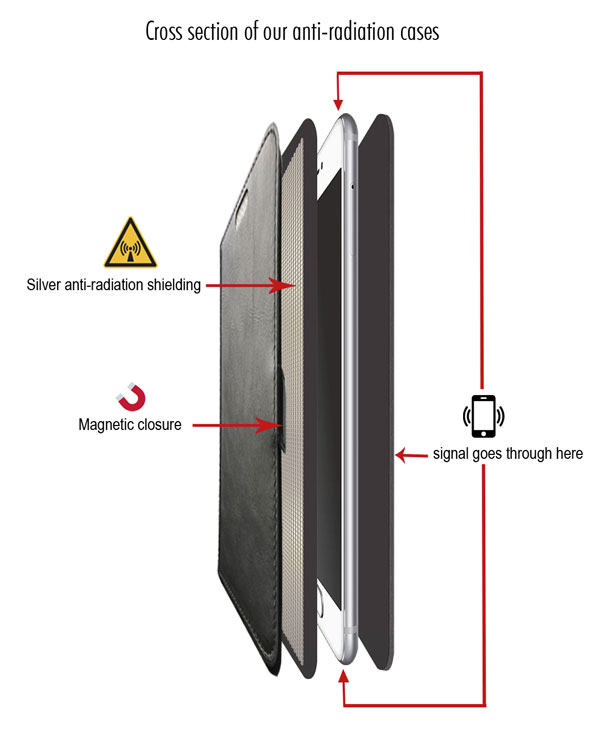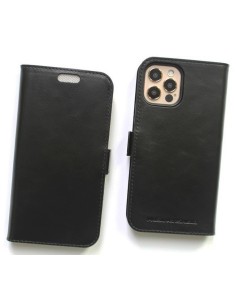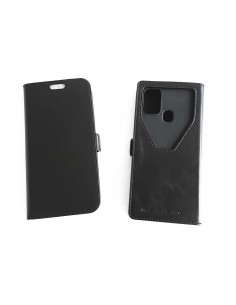- Mysilvershield
- news
- 0 likes
- 11300 views
- 0 comments
- radiation, cellphones radiation
Related products
€39.90
The iPhone 12 Mini Anti-Radiation Leather Case features advanced technology that effectively reduces the impact of radiation emitted by your device. With this case, you can confidently use your iPhone 12 Mini while limiting your exposure to potentially harmful radiation. Prioritize your well-being without compromising on the functionality of your device....
€60.90
Protect your SAMSUNG GALAXYM31 phone with our stylish, anti-radiation leather mobile case. Our case is made from the highest quality genuine leather, durable and stylish.













Comments (0)